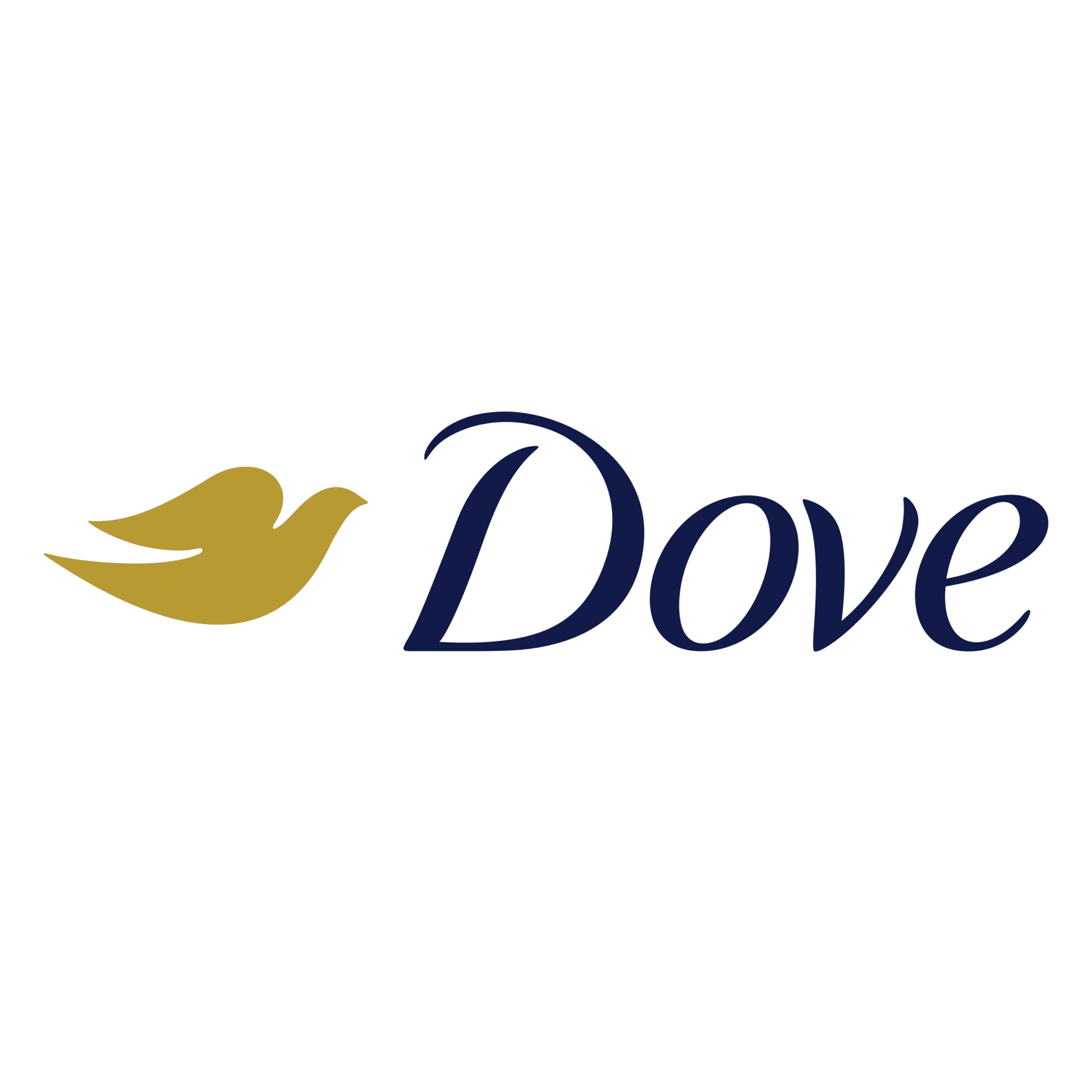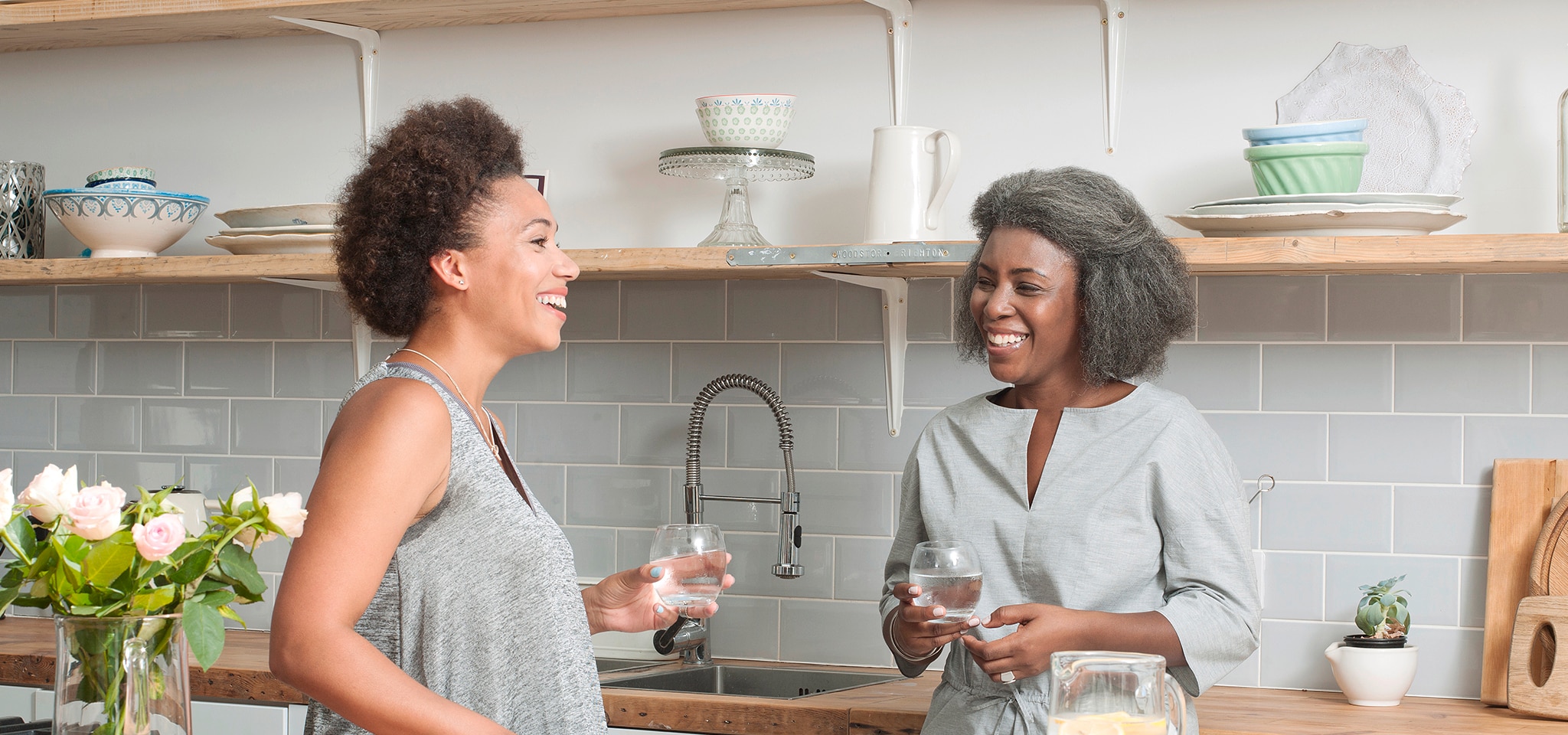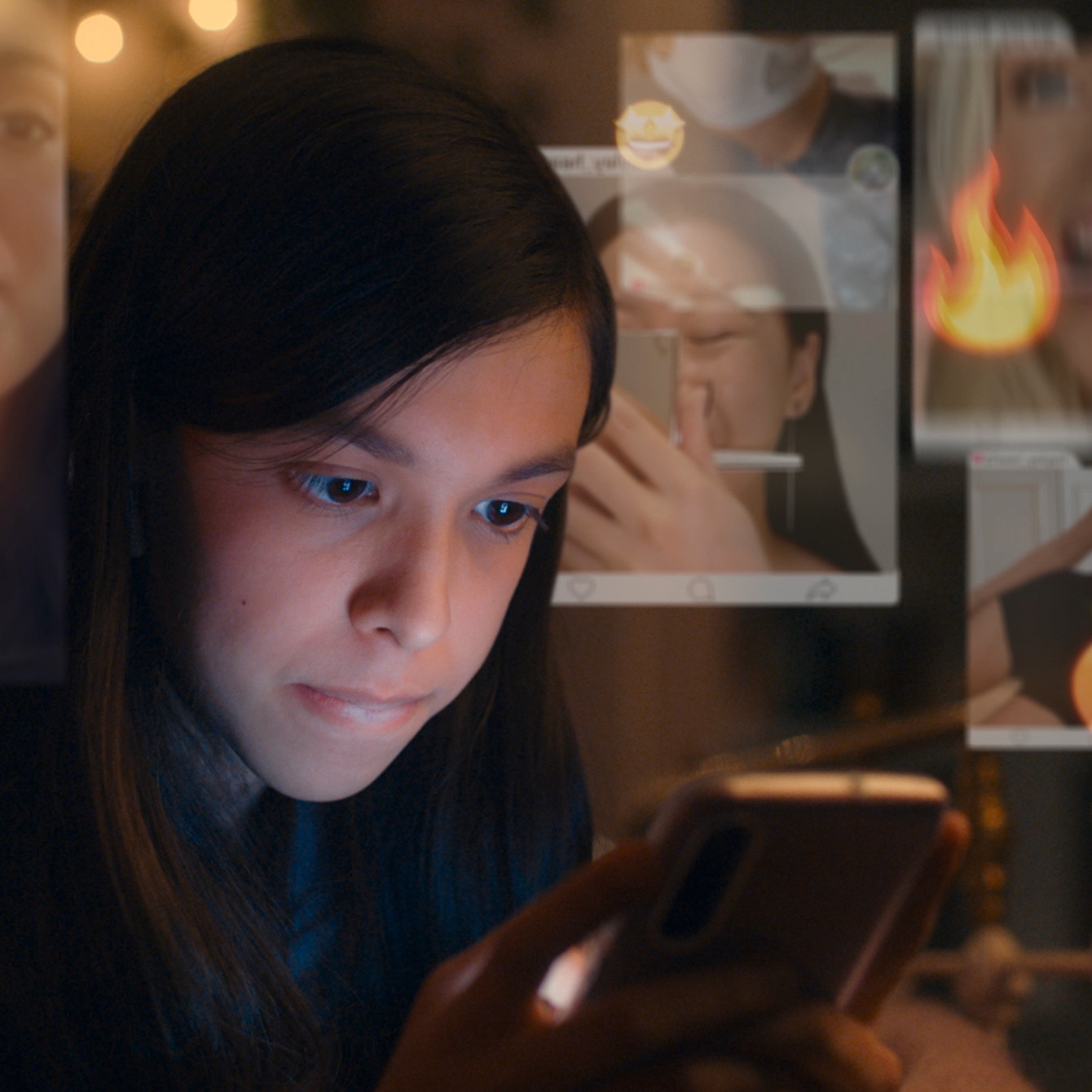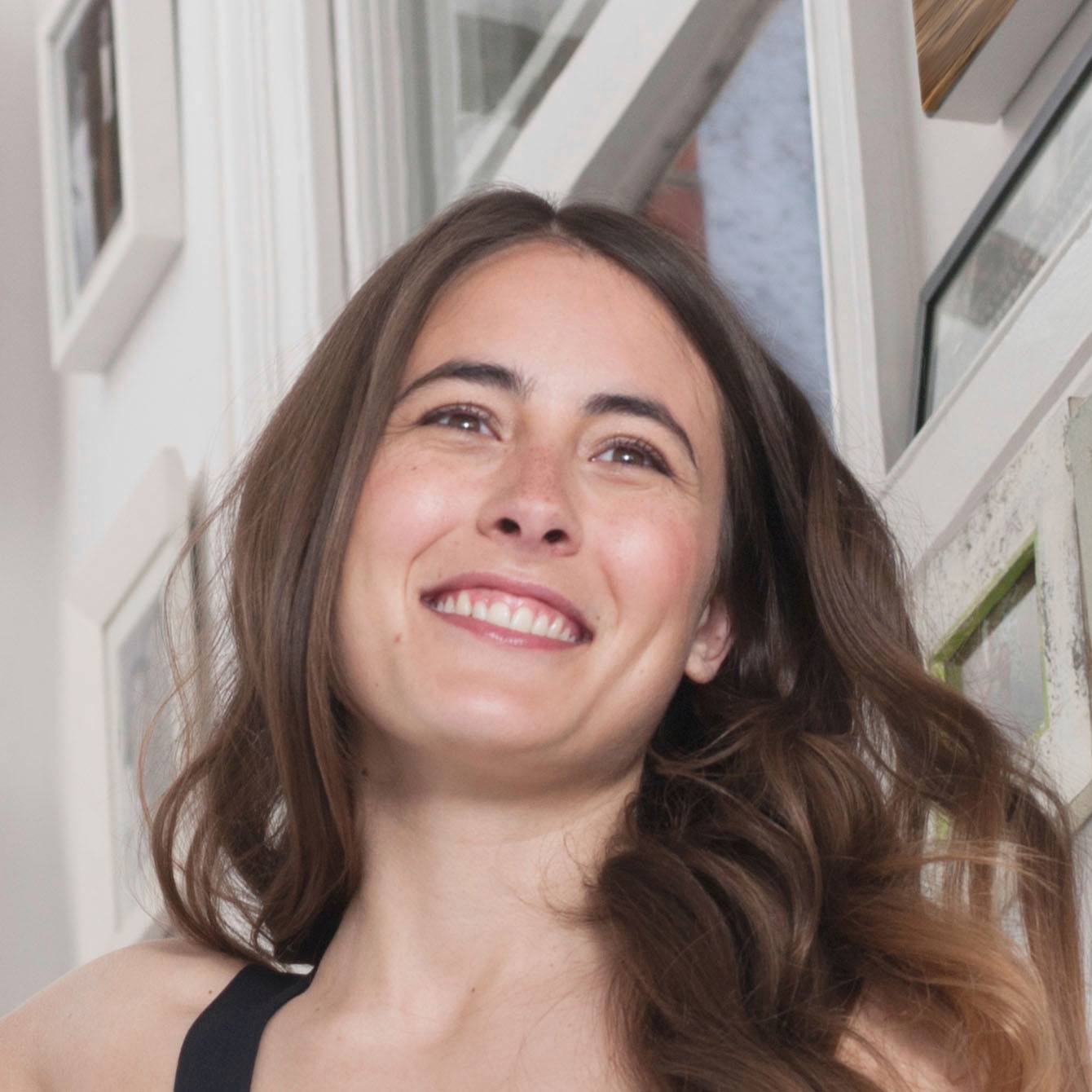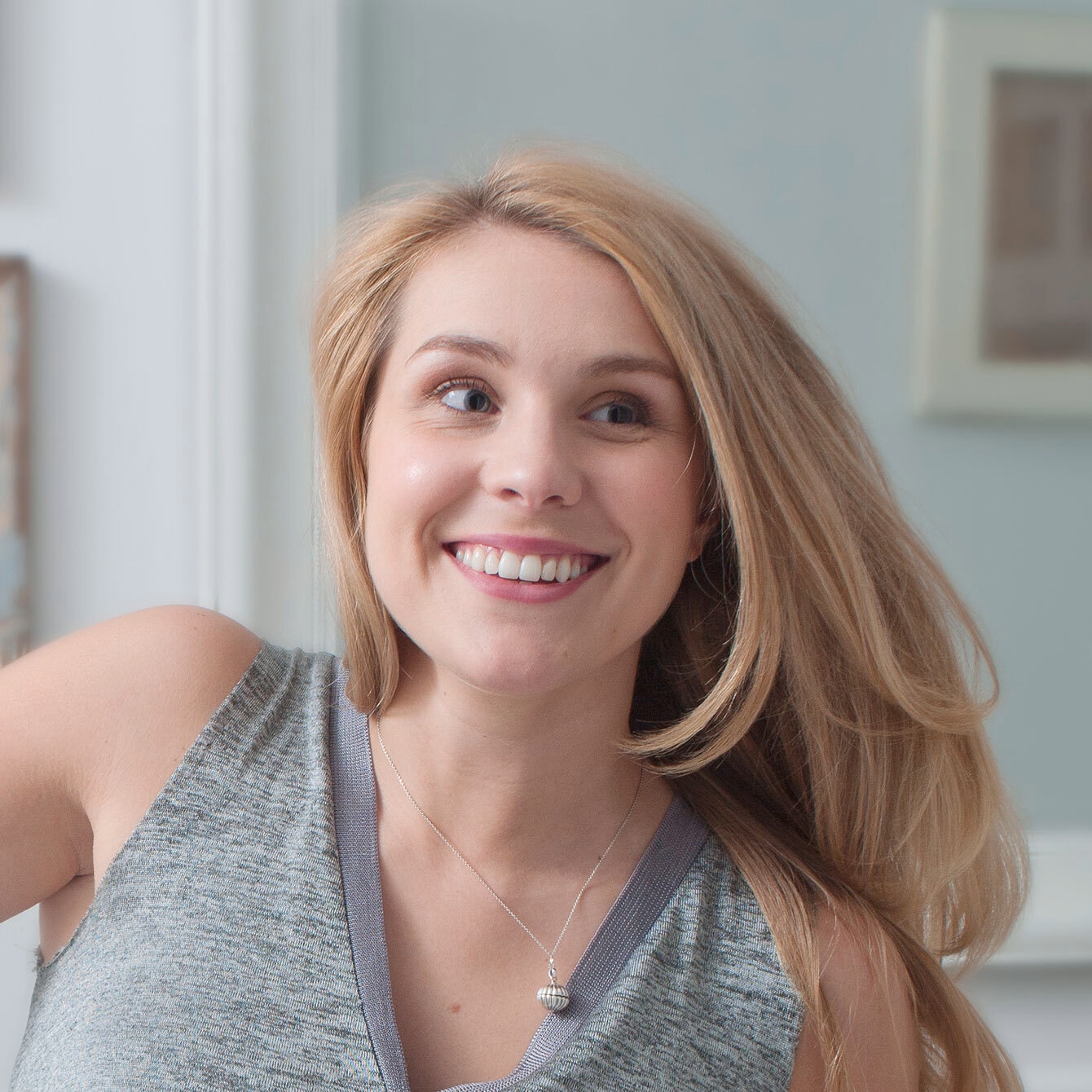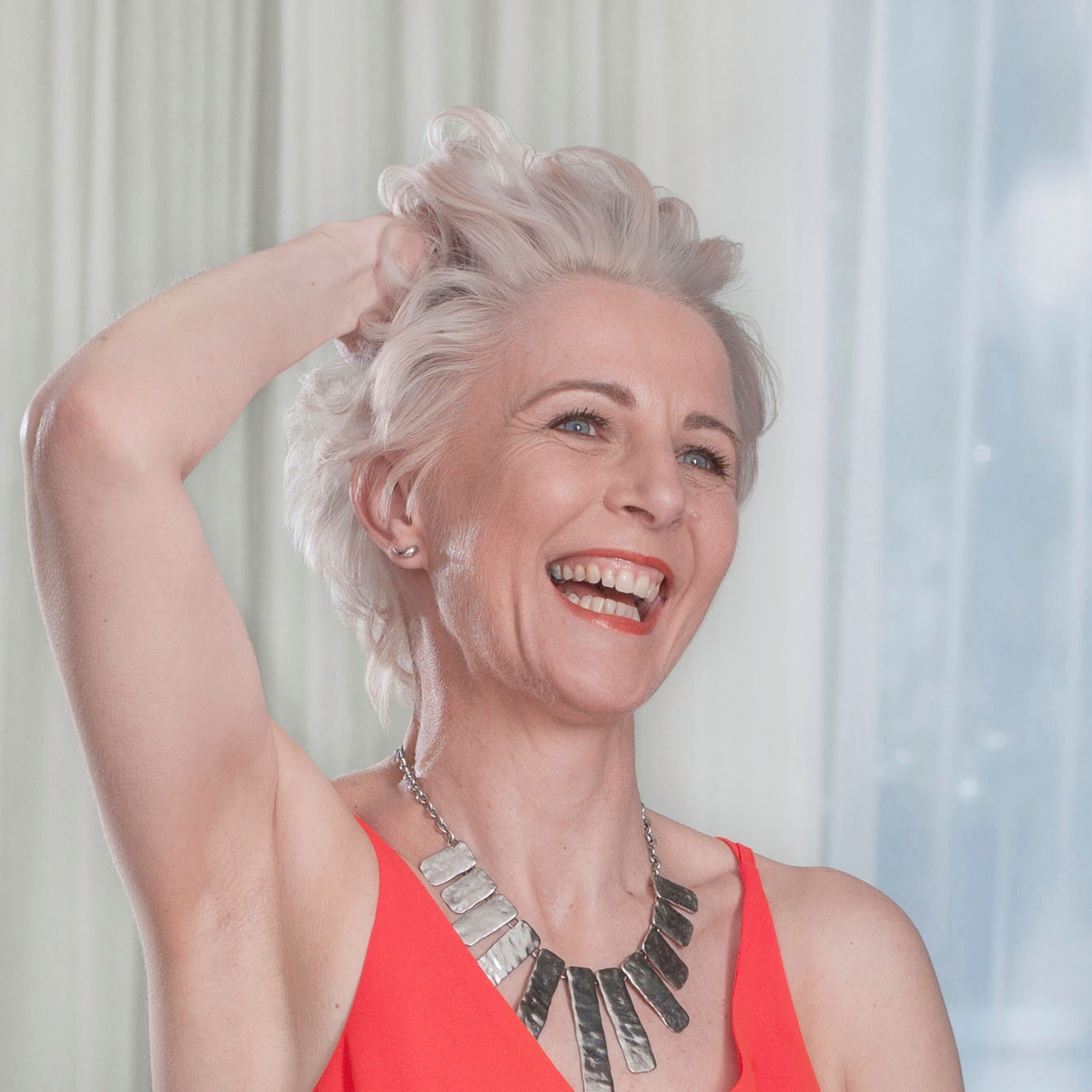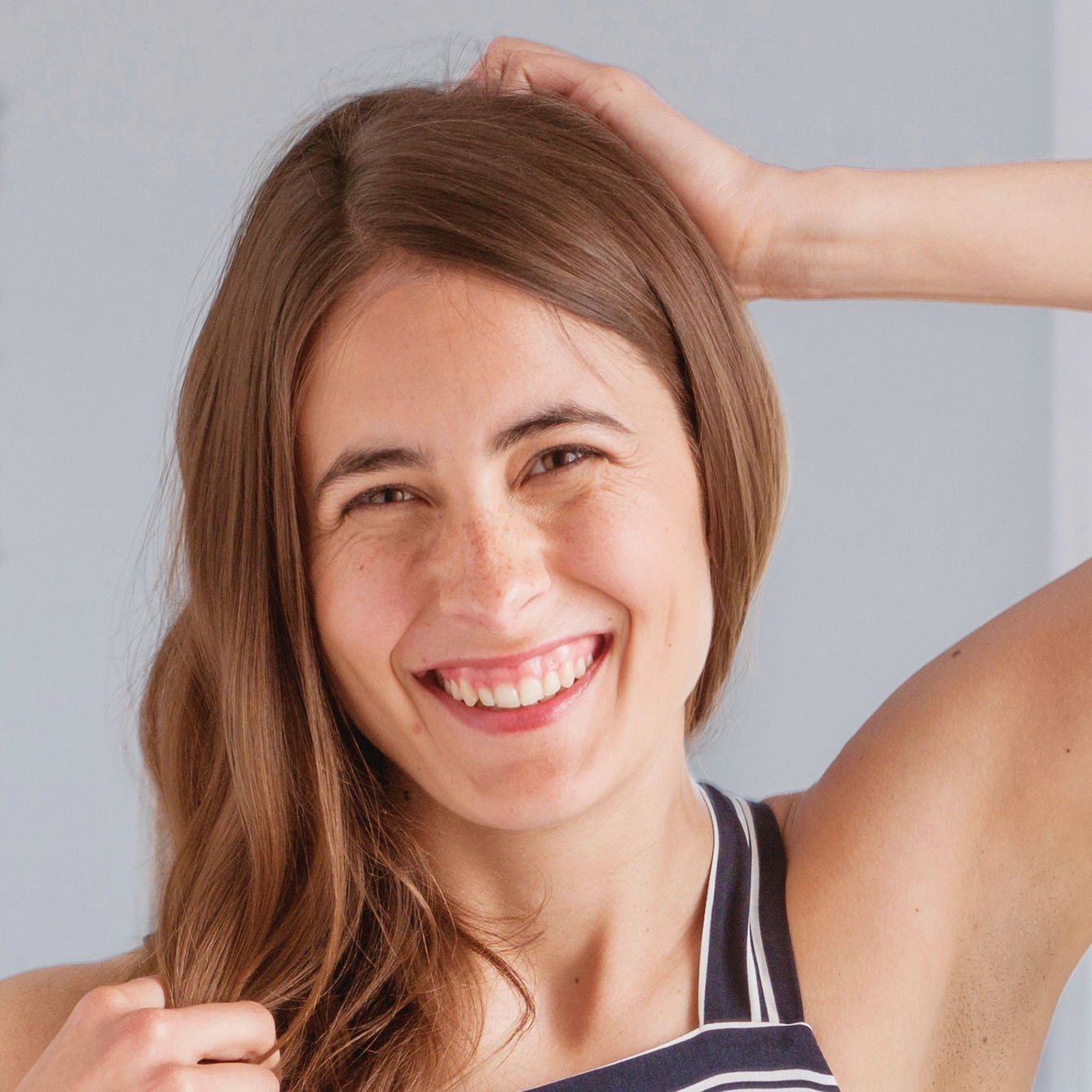Step 1: Prep
Over 7 in 10 girls want their parents to talk to them about how to manage toxic beauty advice online.* So, the first step to helping them detoxify their feeds is getting to grips with social media and body image.
Start by spending time on popular social media platforms like TikTok, Instagram, YouTube, Facebook, Snapchat and Twitch.
Get familiar with the platforms and check out the safety functions that enable users to block, report and unfollow accounts that share toxic advice.
Now, ask the young people in your life who they see as positive role models on social media or search for trending accounts online. Follow them to get an understanding of the beauty standards young people can be exposed to.
Step 2: Chat
We want to start the conversations that will help young people identify toxic beauty standards and think more critically about how they can detoxify their feeds. Remember: It’s about gentle parenting and making social media a positive space together – not controlling their accounts.
Let them know you’ve heard some interesting stats (like the ones above) and that you’re eager to hear their thoughts too. You can even show them who you follow on social media and ask them what they think about their posts.
You should also remind young people not to compare their beauty to anyone else – especially when it comes to social media. Comparing yourself to people online can be problematic as many posts can be digitally distorted, professionally produced and far from real life. This is known as ‘the comparison trap’. And adults can fall into it too.
Remind young people that even celebrities sometimes experience low body confidence, self-doubt, online trolls and struggles with mental well-being. Encourage them to remember that what they see is often somebody's carefully curated highlight reel – it’s rarely real life.
If they still need convincing, invite them to watch Girls Room, our six-episode series for young people that explores the comparison trap, social media and body image. Or our short film Reverse Selfie, which shows some of the techniques used to digitally distort social media posts.
Another great way to discuss toxic beauty advice is to help each other learn how to spot ads. Start by finding examples online. Search #BeautyHack on TikTok or #Ad on Instagram. You can even scroll through your feeds together to spot ads in accounts you already follow.
You can then ask each other:
- What’s being sold in this post?
- Is this person giving this advice because it’s a paid ad?
- Does this post make unrealistic promises about what will happen if you buy this product?
- And what impact could this advice have on young people’s self-esteem over time?

Step 3: Detox
Spend 10-minutes scrolling through your feeds together, thinking about how certain posts make you feel. Discuss which ones make you feel uplifted and inspired. And which ones negatively affect your self-esteem or body confidence.
Next, show young people how to block or report toxic beauty advice (if they don’t know already). Now make a pact to detoxify your feeds together by unfollowing or hiding posts that make you both feel self-doubt. Try it for a week.
When the week is up, ask them if they felt more confident not seeing these posts in their feeds. If the answer is yes, it’s time to unfollow those accounts for good.
Our report found that 74% of girls felt better after unfollowing toxic beauty advice on social media*, so detoxifying your feeds is a practise worth keeping.
Once you’ve detoxed, it’s time to follow truly positive role models that educate, inspire, spark joy and creativity, and make you both feel empowered and uplifted.
Here are some authentic, unfiltered and inclusive accounts we love that promote a positive vision of beauty:
- @tanyacompass
- @hulisanravele
- @itsmekellieb
- @meganjaynecrabbe
- @scarrednotscared
- @megboggs
- @emmadabiri
- @spencer.barbosa
To keep each other’s feeds a space of positivity, set calendar reminders or make a note in your diaries to do a ‘tune-up’ once a month by unfollowing accounts that share toxic advice.
Remember: Social media is designed to deliver content to users based on what they engage with the most. This means the posts young people like and the accounts they follow shapes what they see in future. The same goes for adults too.
Step 4: Repeat
To encourage new habits and spark change, ask young people to share what they learned so they can empower and educate their friends and followers too. And don’t forget to speak to other parents, guardians and mentors to spread awareness of toxic beauty standards and advice on social media.
For more guidance on how to help #DetoxYourFeed, download the Confidence Kit below. Join us to help build self-confidence and body confidence in 250 million young people all over the world. And let’s change beauty.
*Source: Dove Self-Esteem and Social Media Report (April 2022).
